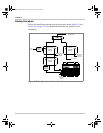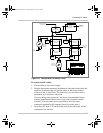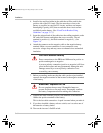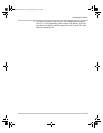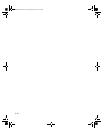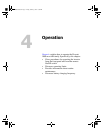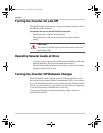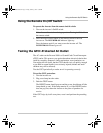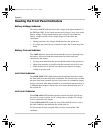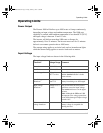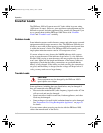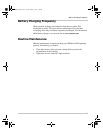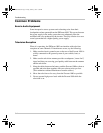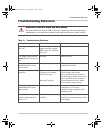
Operation
4–4
Reading the Front Panel Indicators
Battery Voltage Indicator
The battery
VOLTS
indicator shows the voltage at the input terminals of
the PROwatt 1000. At low input currents, this voltage is very close to the
battery voltage. At high input currents, this voltage is lower than the
battery voltage because of the voltage drop across the cable and
connection.
• During operation, the voltage should remain in the green area.
• If voltage goes into the top or bottom red area, the inverter may shut
down.
Battery Current Indicator
The
AMPS
indicator shows the current that the inverter is drawing from
the battery. It does not indicate current drawn by other loads also
connected to the battery.
• For long-term operation, the current should remain in the green area.
• Short-term operation is possible with the current in the yellow area.
• If the current rises to the red area, the inverter reduces its output
voltage to protect itself.
OVER TEMP Indicator
The
OVER TEMP
LED (light emitting diode) indicates that the inverter
has shut itself down because it has overheated. The inverter may overheat
because it has been operated at power levels above its continuous output
rating, or because it has been installed in a location that does not allow it
to dissipate heat properly. The inverter will restart automatically once it
has cooled off.
OVER LOAD Indicator
The OVER LOAD LED indicates that the inverter has shut itself down
because of severe overload, an AC wiring fault, or another AC voltage
source connected to the output.
If the
OVER LOAD LED comes on, turn off the On/Off switch, correct
the fault condition, and then turn the switch back on.
Do not turn the inverter on again until you have corrected the fault
condition.
PROWatt100.book Page 4 Friday, January 5, 2001 3:03 PM



